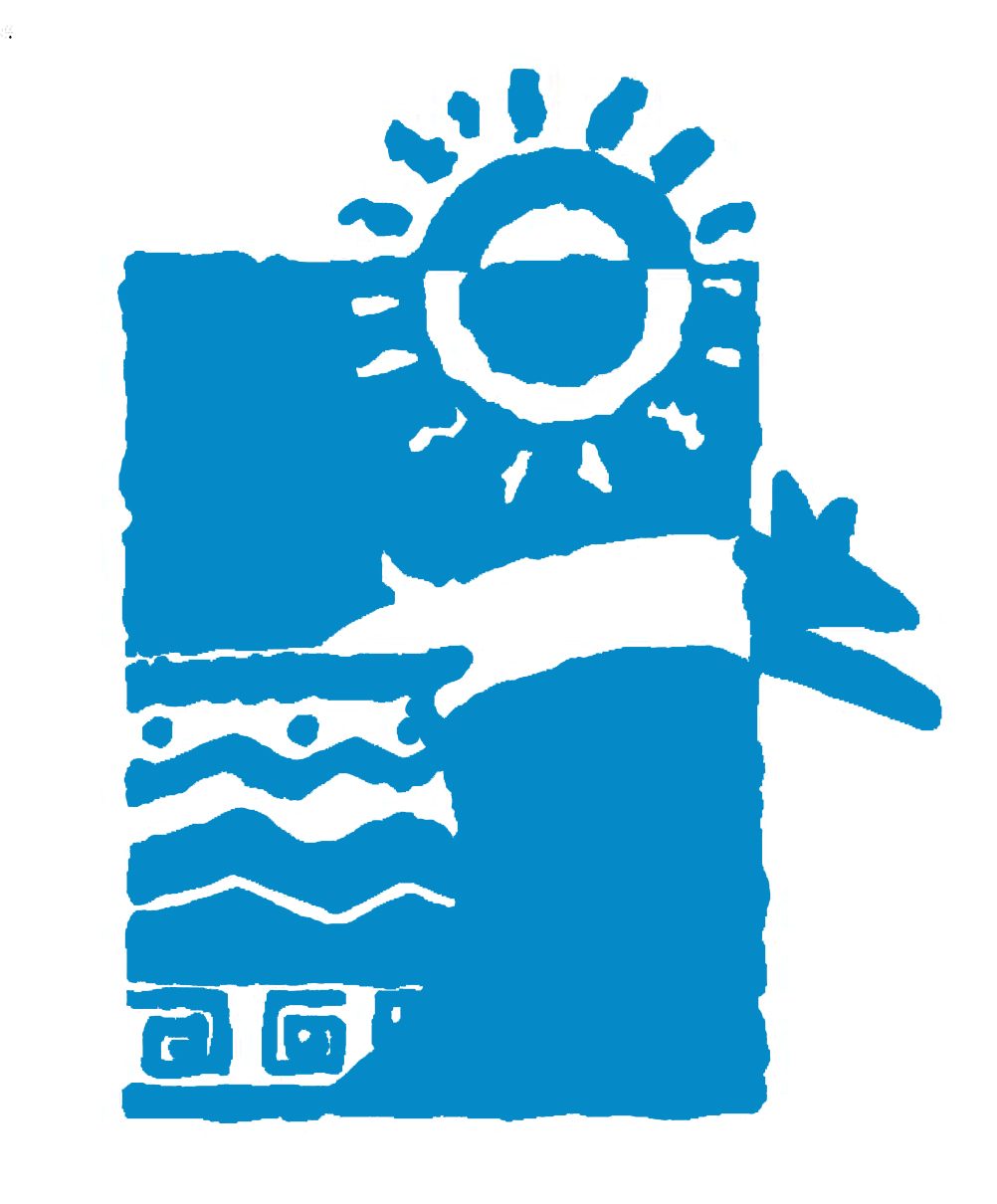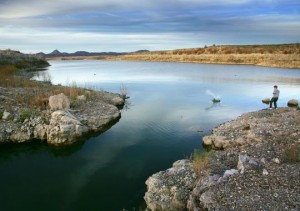Source: Office of the Governor Doug Ducey Press Release, May 23,2017
Nestled between a leisurely stretch of the Verde River, one of the Southwest’s last free-flowing rivers, and open grasslands shaded by cottonwood trees sits the site of Arizona’s soon-to-be newest state park: Rockin’ River Ranch. The park, which is currently in the planning phase, received a $4 million appropriation in the budget recently signed by Governor Doug Ducey.
Once complete, Rockin’ River Ranch will provide visitors access to one of  Arizona’s most unique and pristine natural landscapes, as well as enhanced opportunities for outdoor recreational activities. More than one mile of riverfront will provide access for fishing, kayaking, and wildlife viewing; stables and hiking trails will connect visitors to Prescott National Forest; camping grounds and cabins will provide lodging for overnight guests; previously cultivated fields will lend space for community events; and did we mention the horses?
Arizona’s most unique and pristine natural landscapes, as well as enhanced opportunities for outdoor recreational activities. More than one mile of riverfront will provide access for fishing, kayaking, and wildlife viewing; stables and hiking trails will connect visitors to Prescott National Forest; camping grounds and cabins will provide lodging for overnight guests; previously cultivated fields will lend space for community events; and did we mention the horses?
“Arizona’s state parks are known for their beauty and accessibility,” said Governor Ducey. “Rockin’ River Ranch, along the banks of the Verde River, is another impressive piece of our state’s exceptional landscape. I am looking forward to opening the park for Arizonans and visitors from around the country to enjoy.”
Currently, Arizona State Parks and Trails is taking special care to preserve the natural beauty of the ranch, and local community input is being sought on park amenities and design.
“This park will not only be an asset to Camp Verde, but all Arizona,” said Senator Sylvia Allen, LD-6. “I’m proud we were able to make this investment and help preserve this beautiful part of our state.”
“I just wanted to thank Governor Doug Ducey and State Parks Director Sue Black for their diligent work on Rockin’ River Ranch. This is a great investment for all of Arizona that will enrich our community, while preserving the Verde River’s rich heritage and natural splendor,” said Representative Bob Thorpe, LD-6. “I look forward to seeing this park come to fruition with the positive impact it will have for our citizens and our guests of Northern Arizona.”
“With Rockin’ River Ranch, generations of Arizonans and visitors to our state will be able to enjoy all the Verde River has to offer for years to come,” said Representative Brenda Barton, LD-6.
“We are working diligently, in coordination with the community, to keep the park a picturesque place for all to explore,” said Sue Black, executive director of Arizona State Parks and Trails.
Arizona’s state parks have proved to be important economic engines for rural communities, providing a quarter of a billion dollars in economic impact annually.
“From the economic development aspect, state parks are a huge asset for any rural community lucky enough to have one,” said Town of Camp Verde Mayor Charles German. “Today we feel very lucky and grateful to Governor Ducey, his team at Arizona State Parks and the legislature for choosing to invest in Rockin’ River Ranch State Park.”
“We’re happy to be able to help fund such an important development for our state,” said Rep. Noel Campbell, LD-1. “Investing in new state parks means more economic development for local communities.”
“Our job is to ensure that our state and our residents thrive,” said Senator Karen Fann, LD-1. “By investing in conservation and recreation, we can continue to provide opportunities for growth.”
Arizona State Parks not only support local economic growth, but also provide resources to invest across the state. According to Black, “The overall success of our parks system is what provided the revenue to fund Rockin’ River.”




You must be logged in to post a comment.